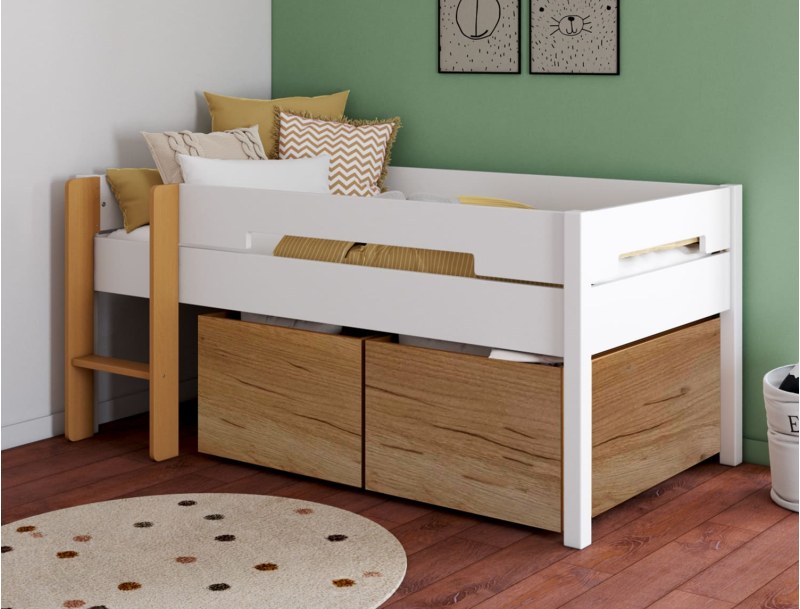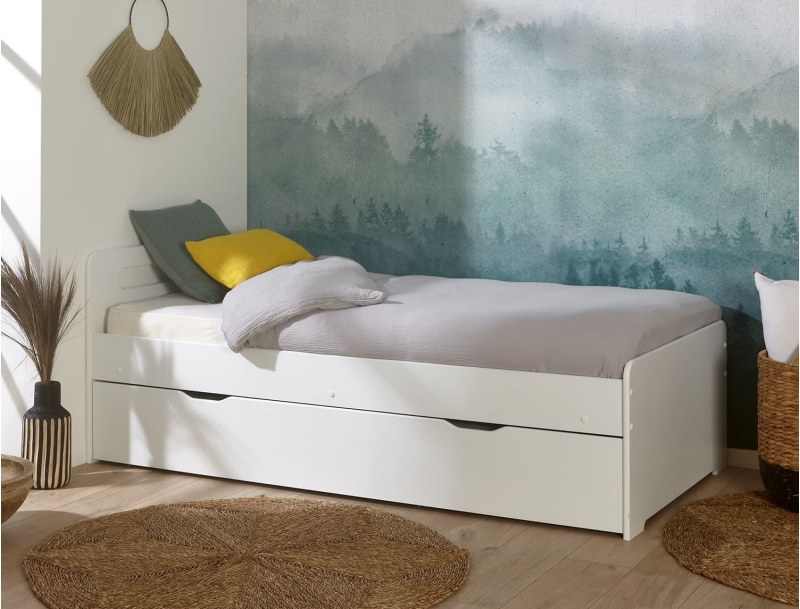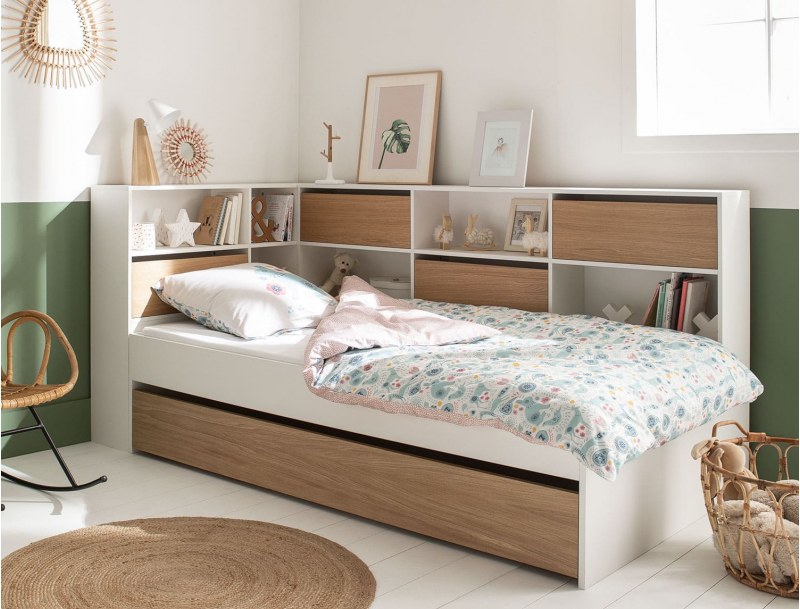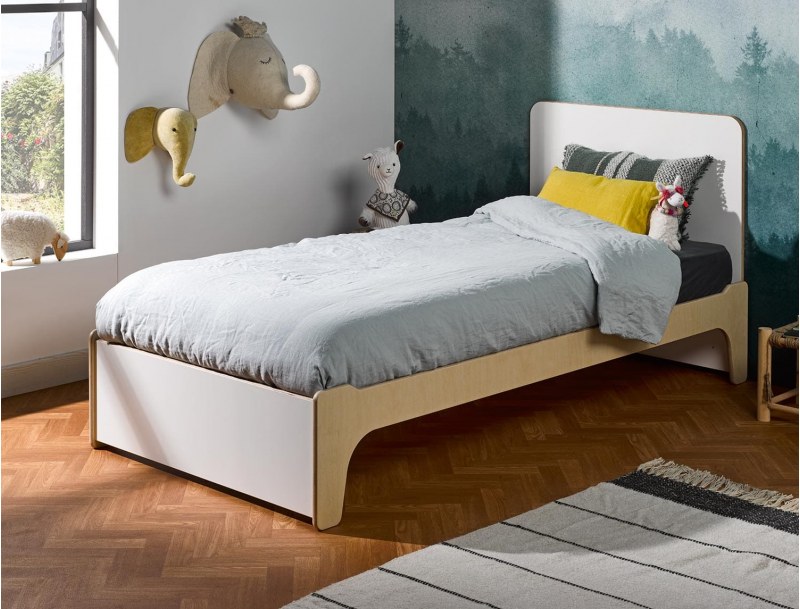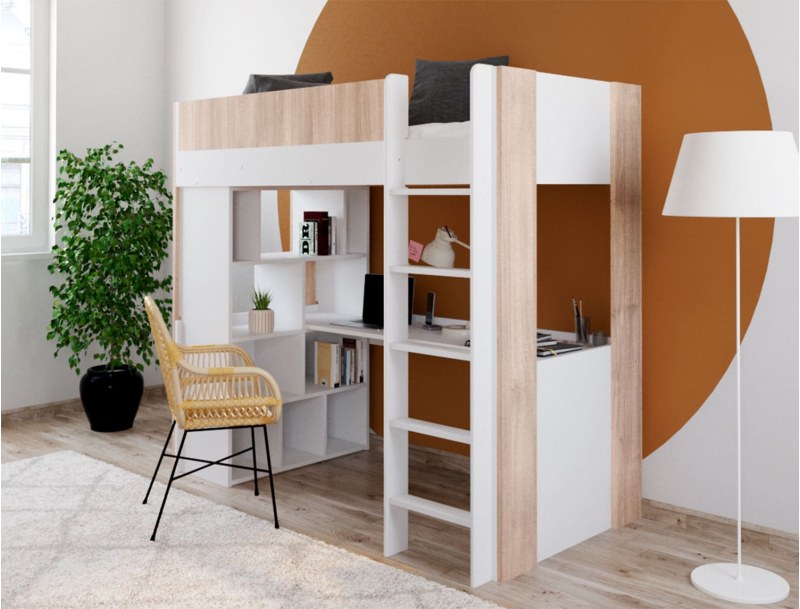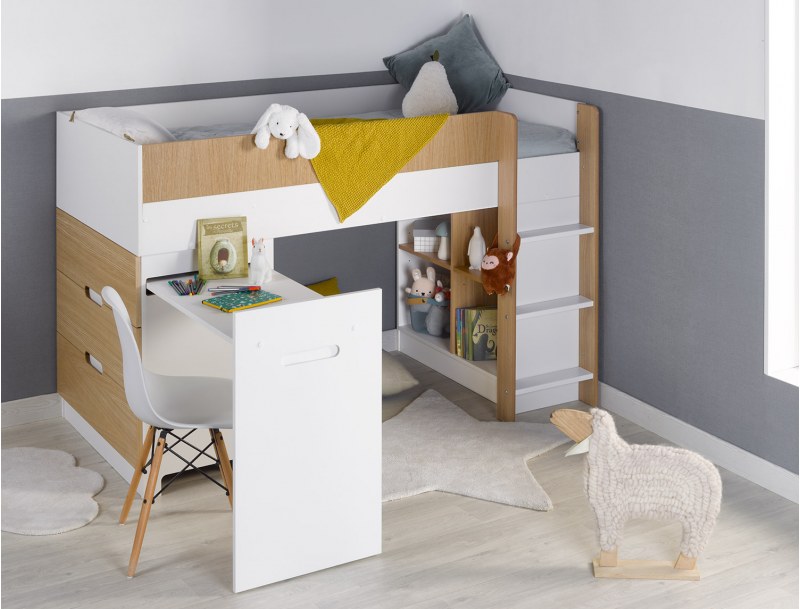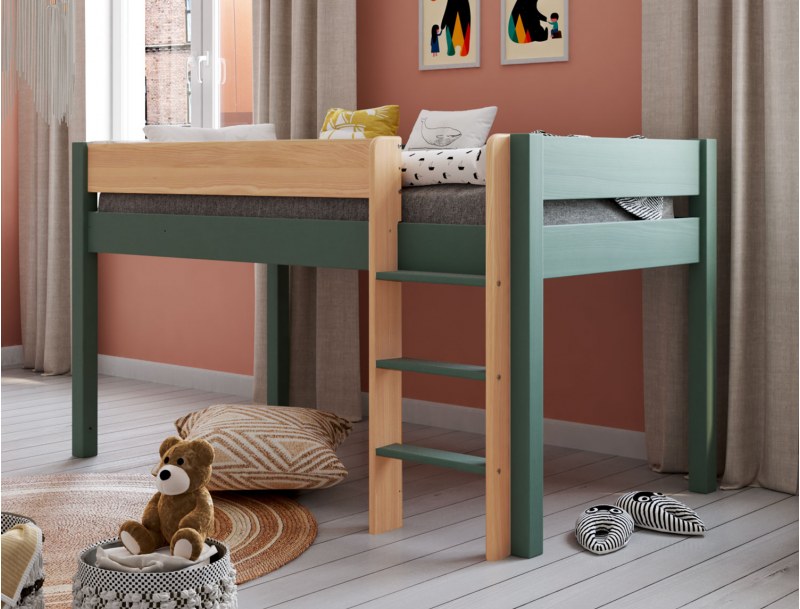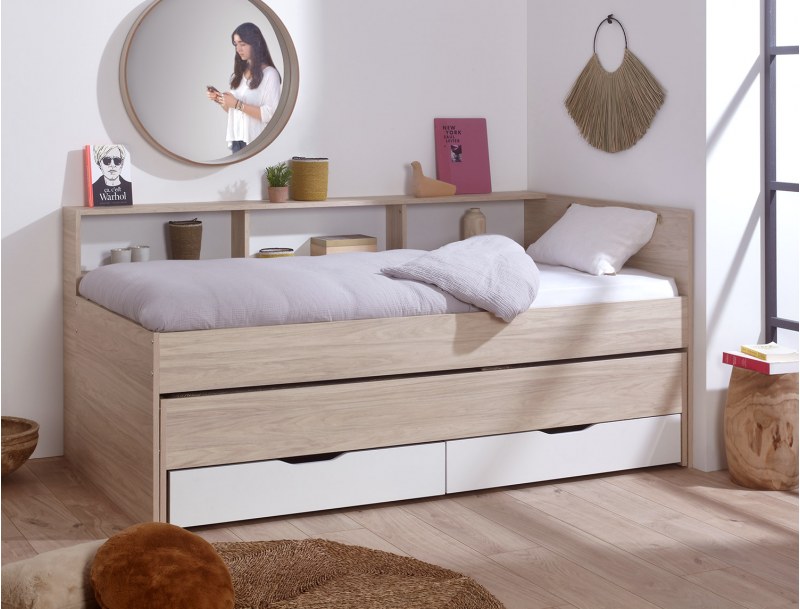How to encourage a healthy sleep routine for children?
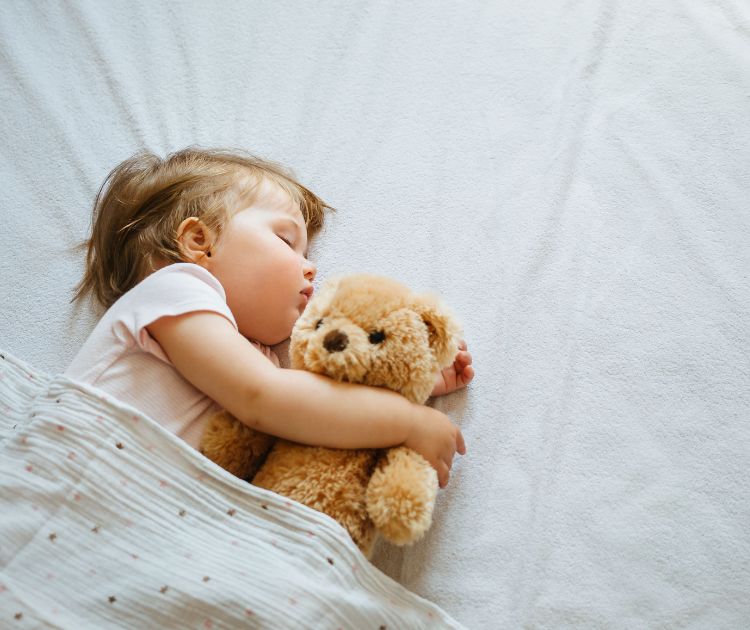
A good and healthy sleep routine
Supporting a child's sleep is a major role for parents. Indeed, from birth, the question of sleep is central. And for good reason, it greatly contributes to the child's well-being and must therefore be taken seriously. To facilitate bedtime and enable restful sleep, establishing a healthy sleep routine is a recommendation that comes up very regularly. So how do you go about implementing this ritual at home?
Why establish a sleep routine for a child?
Routines are an excellent way to help a child feel reassured in daily life. Feeling calm and secure is a very important condition for finding sleep, hence the importance of establishing a dedicated routine. With these habits, your child knows that bedtime is approaching and can keep in mind that it's soon time to sleep (even if they don't always want to). This helps structure their evening and know what will happen next.
Moreover, the routine aims to establish an increasingly calm atmosphere in the house that's conducive to relaxation and rest.

How to establish a sleep routine?
Each family has its own habits, but there are key points that can make all the difference in a well-organized sleep routine.
Choose an appropriate bedtime
Bedtime is very important as it allows the child to get the number of hours they need before waking up. Make sure to keep bedtime very regular, both during the week and on weekends. To choose the ideal bedtime, take into account the average number of sleep hours your child needs. Generally, it is considered to be:
- 11 to 14 hours for ages 1 to 2
- 10 to 13 hours for ages 3 to 5
- 9 to 12 hours for ages 6 to 12
Calculate based on school wake-up time and always leave a small margin for your child to fall asleep: you have your ideal bedtime! Now, you'll need to organize yourself to ensure your child is in bed on time.
Organize evenings in the same way
Evening organization ensures that your child always follows the same habits and is in bed on time. Meals, shower, teeth brushing, short playtime, homework - it's up to you to organize the after-school routine based on the time available, household organization, and your child's needs. Initially, you can note down each task with a schedule to help you stay organized and establish this rhythm. Through repetition, the whole family will do things instinctively.
A quiet time to soothe your child
After brushing teeth and the last bathroom visit comes the time to settle into their children's bed. This is often the moment to establish calm and relaxation, to help your child fall asleep. Depending on age and preferences, you can choose several options like reading a story, singing a lullaby, or giving a cuddle. Everyone enjoys a pleasant moment before falling asleep.
End this quiet time by wishing your child good night and reassuring them. Tell them that you're just nearby and that you can hear them if they need anything.
The little tips that make a difference
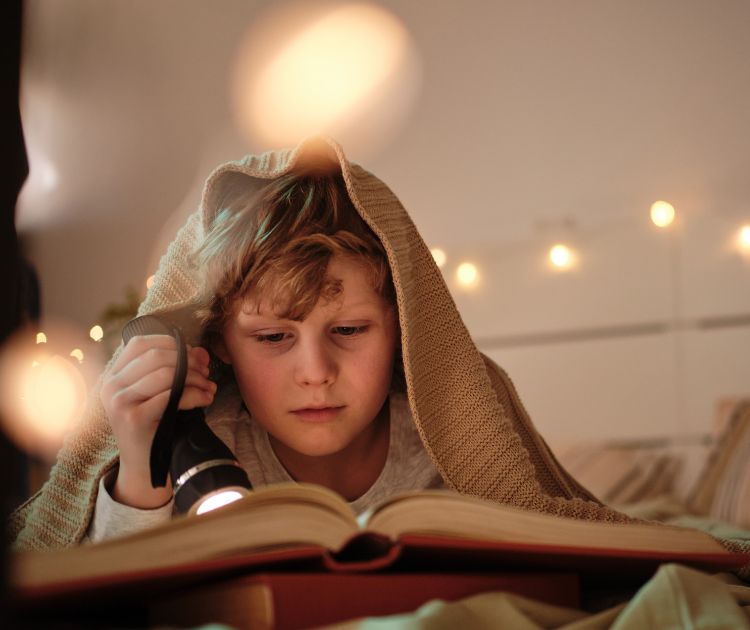
There are a few little tips that can make a difference in helping your child fall asleep:
- Use a night light or leave the hallway light on.
- Ensure the room temperature is between 18°C and 20°C.
- Avoid screens in the evening and as much as possible in general.
- Don't offer a nap too late in the day.
- Seek help (pediatrician, pediatric nurse, sleep consultant), there are many professionals who can guide you and give you good advice.
Focus on a suitable sleep environment
In addition to habits, it's also your child's environment that will make the difference, particularly the choice of children's bed. Indeed, a children's bed must be adapted to your child's age and needs. You can opt for an evolving children's bed that's 70x140 cm up to age 6, but after that, your child will need more space with a 90x190 cm children's bed.
There are several models of children's beds to adapt to the space you have in the room or simply to your preference, such as:
- The trundle bed for children: it has a second bed hidden under the base that can serve as an extra bed. This can be a sleeping solution for children's guests.
- The children's loft bed: it's perfect for saving space and allows you to install a desk underneath, for example.
- The mid-height children's bed: lower than a loft bed, it still offers great storage space underneath (this is particularly the case with our white MILO mid-height bed).
- The children's bunk bed: it allows two children to share the same room while avoiding losing space.
- Etc.
Whether you're looking for a girl's bed or a boy's bed, you'll have no trouble finding the model you want. Preferably opt for healthy materials such as solid wood, ecological panels with low formaldehyde content, or solvent-free paint and varnish. This limits exposure to volatile organic compounds.













 Choosing the right baby blanket dimensions according to season and age
Choosing the right baby blanket dimensions according to season and age
 How to attach a headboard (with or without drilling): quick and effective soluti
How to attach a headboard (with or without drilling): quick and effective soluti
 Waterproof sheet or mattress protector: the best solution by age group
Waterproof sheet or mattress protector: the best solution by age group
 27 Original, Useful, and Trendy Christmas Ideas for Teens 2025
27 Original, Useful, and Trendy Christmas Ideas for Teens 2025
 Christmas Activities for Baby: Creative Ideas for Home & Daycare
Christmas Activities for Baby: Creative Ideas for Home & Daycare
